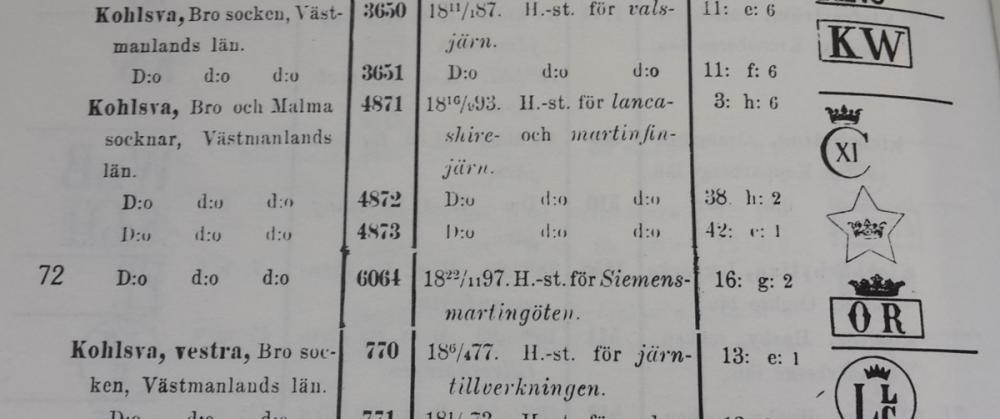
SCB
-
Posts
7 -
Joined
-
Last visited
Content Type
Profiles
Forums
Articles
Gallery
Downloads
Events
Posts posted by SCB
-
-
-
This i me holding a 25Kg sledge.
This sledge was used by a man working in the foundry in Björneborg, Sweden. He worked with breaking up the 60Kg pig iron ingots but he was disappointed with the standard sledges since it took him 2-3 blows to break the pig iron, so he ordered this sledge instead. With this sledge he could break the pigs with only one blow.
-
Nice looking anvil you got there.
Would be interesting to know what it says under the Soderfors mark: DANN_MO_A
That would be "DANNEMORA" a mining/iron production district in Sweden
Söderfors used iron ore from the Dannemora mines.
Söderfors made great anvils, I´ve got two of them. A 68Kg from 1928 and a 166Kg from 1904 -
I have made and forged thermite iron. If you only use ore ad Al-powder the iron will be fairly pure Fe, no carbon at all.
Grainsize is HUGE and there will be lots of cracks wich makes it a bit tricky to forge in the begining
.
alloying elements can be added in the process to make instant steel, but it is quite hard to control exact composition of the steel. -
Of course it can be done! It might not be easy but if they could do it in 1853..

The hardest part is not to identify the elements but to determine the concentration of each element. Sulphur, for example, is usually found in concentrations around 0.02% wich might be a bit tricky to measure reliably
To start, one would need pure samples of all the metals that should be deteced to document the spectral lines without interference, or look it up in a book or on the web
http://student.fizika.org/~nnctc/spectra.htm -
You also need a controlled atmosphere so that the different atmospheric gasses does not contaminate the spectral lines of the material you are testing, Helium is often used.
The spectrometer at my work does not need the sample to be hot, you just need a clean surface (from the belt grinder) Then you put the sample in the spectrometer and the machine will strike an arc between a electrode (Tungsten?) and the sample, the arc does two things, it pulls material off the sample and then the loose atoms are heated in the arc revealing their spectral lines.
A prism is then difracting the light onto an approx 1 meter long array of sensors.
The next step is making a database that can identify different elements based on a unique set of spectral lines and determine the concentration of that element based on the energy levels in the lines.

Swedish anvil info or experience?
in Anvils, Swage Blocks, and Mandrels
Posted
"SISCO SUPERIOR" were made by Söderfors. So you have a Söderfors anvil.
The SISCO stamp were a main stamp for iron, steel and anvils. First used in 1907 according to the book "Svenska järnstämplar" (Swedish iron stamps)